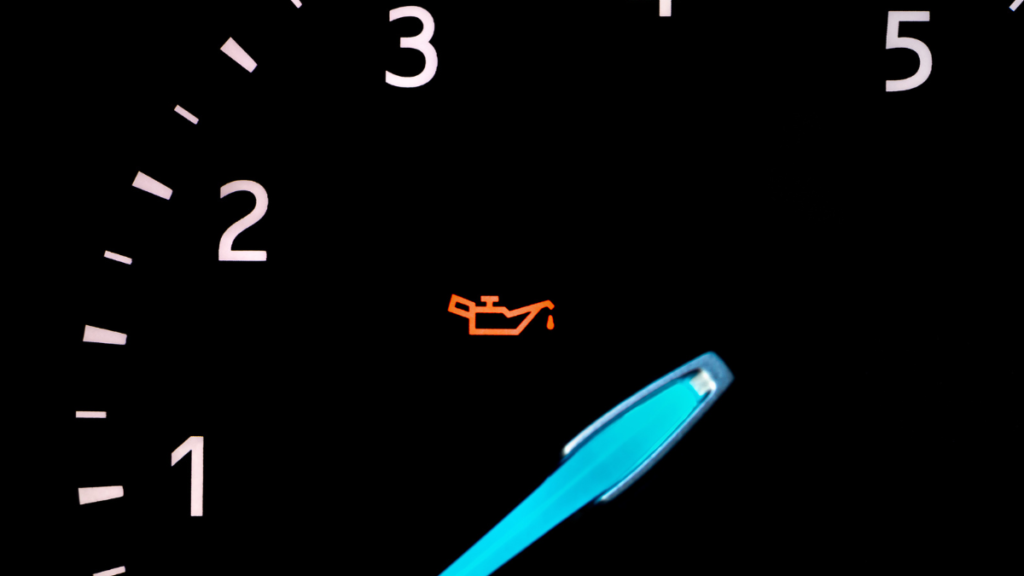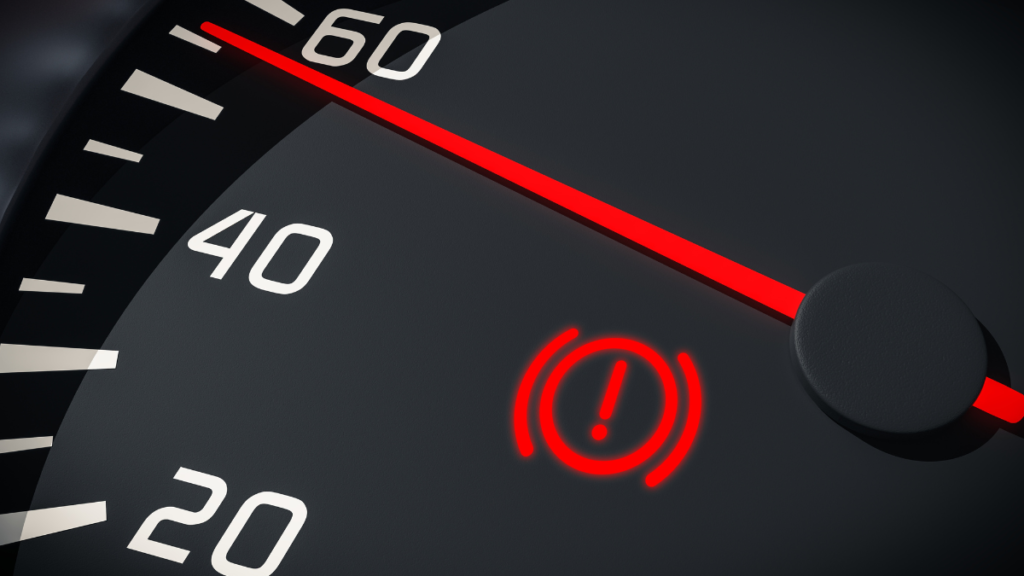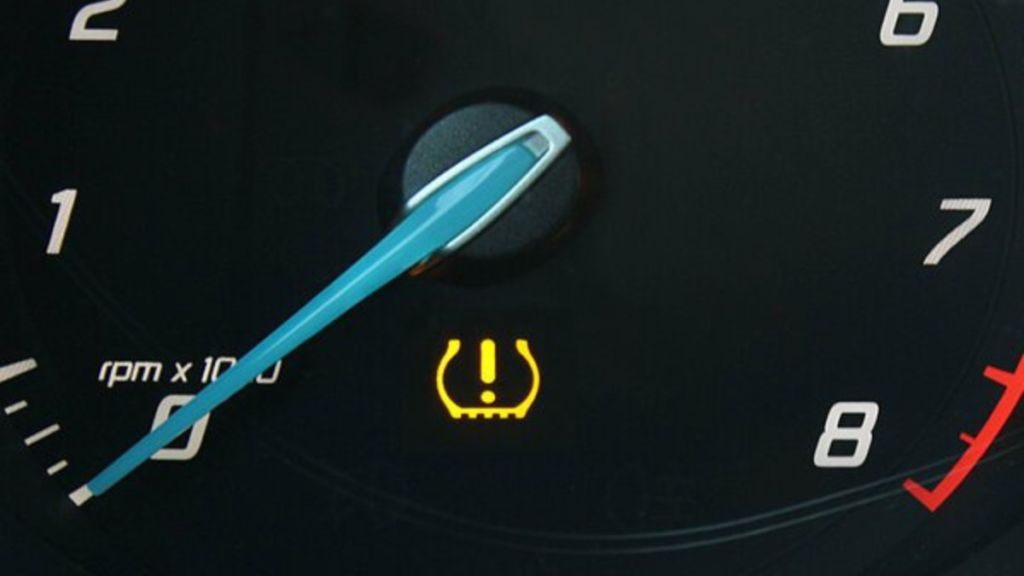Modern vehicles are equipped with a range of dashboard warning lights that illuminate to alert drivers of potential issues or malfunctions. Understanding the meaning behind these warning lights is crucial for maintaining your vehicle’s health and ensuring your safety on the road. In this article, we will explain the most common dashboard warning lights found in vehicles in the UK, providing insights into their significance and recommended actions.
Table of contents
What are Dashboard Warning Lights?
Dashboard warning lights are illuminated symbols or icons located on the instrument panel of a vehicle. They are designed to inform the driver about specific conditions, malfunctions, or system statuses that require attention. Each warning light has a unique symbol and color to differentiate it from others.
Why are Dashboard Warning Lights Important?
Dashboard warning lights serve as an early warning system for potential problems in your vehicle. By alerting you to issues, they enable prompt action and preventive maintenance, helping to prevent further damage or breakdowns. Understanding the meaning behind these warning lights empowers drivers to make informed decisions and seek appropriate assistance when necessary.
Common Dashboard Warning Lights and Their Meanings
4.1 Check Engine Light
The Check Engine Light (sometimes depicted as an engine symbol) indicates a problem with the vehicle’s engine or its associated systems. It can signify a range of issues, from a loose gas cap to a malfunctioning sensor. When the Check Engine Light illuminates, it is advisable to have the vehicle’s diagnostic system scanned to identify the specific problem.

4.2 Battery Warning Light
The Battery Warning Light (often depicted as a battery symbol) indicates a problem with the vehicle’s charging system. It typically signifies a low battery charge or a malfunctioning alternator. If this light comes on while driving, it is recommended to check the battery connections, alternator belt, and battery voltage. If necessary, have the charging system inspected by a qualified technician.

4.3 Oil Pressure Warning Light
The Oil Pressure Warning Light (usually depicted as an oil can) indicates low oil pressure in the engine. Low oil pressure can lead to engine damage and should be addressed immediately. When this light illuminates, it is crucial to check the engine oil level. If the level is low, top up the oil. If the light persists, have the vehicle inspected by a professional.

4.4 Brake System Warning Light
The Brake System Warning Light (typically depicted as an exclamation mark inside a circle, sometimes accompanied by the word “BRAKE”) indicates a problem with the vehicle’s braking system. It can signify low brake fluid, a brake system malfunction, or worn brake pads. When this light illuminates, it is vital to check the brake fluid level and have the braking system inspected and repaired if necessary.

4.5 Tire Pressure Monitoring System (TPMS) Light
The Tire Pressure Monitoring System (TPMS) Light (usually depicted as an exclamation mark inside a horseshoe or a tire symbol) indicates low tire pressure or a malfunction in the TPMS. When this light illuminates, it is recommended to check the tire pressures using a reliable gauge and inflate them to the recommended levels. If the light remains on, there may be a TPMS sensor issue that requires professional attention.

4.6 ABS Warning Light
The ABS Warning Light (often depicted as the letters “ABS” inside a circle) indicates a problem with the vehicle’s Anti-Lock Braking System. It can signify a fault in the ABS system or a malfunctioning sensor. When this light illuminates, it is advisable to have the ABS system inspected and repaired by a qualified technician to ensure optimal braking performance.

4.7 Airbag Warning Light
The Airbag Warning Light (usually depicted as a person seated with a deployed airbag) indicates a problem with the vehicle’s airbag system. It can signify a fault in the airbag system or a malfunctioning sensor. When this light illuminates, it is crucial to have the airbag system inspected and repaired by a qualified technician, as the airbags may not deploy properly in the event of an accident.

4.8 Coolant Temperature Warning Light
The Coolant Temperature Warning Light (often depicted as a thermometer inside a wavy line) indicates that the engine is overheating or the coolant level is low. When this light illuminates, it is essential to stop the vehicle safely, allow the engine to cool down, and check the coolant level. If the coolant level is low, top it up. If the light remains on, there may be a coolant leak or other cooling system issues that require attention.

Recommended Actions for Dashboard Warning Lights
When a dashboard warning light illuminates, it is important to take appropriate action based on the specific warning. In general, follow these recommended actions:
- Refer to the Vehicle Manual: Consult your vehicle’s manual for detailed information about the warning lights and their meanings specific to your car’s make and model.
- Address the Issue Promptly: Do not ignore warning lights. If a warning light comes on, address the issue promptly to prevent potential damage or safety risks.
- Assess the Severity: Determine the severity of the warning light. Some lights may require immediate attention and may indicate a safety hazard, while others may be informational or less urgent.
- Seek Professional Assistance: For complex or serious issues, it is advisable to seek professional assistance from a qualified mechanic or technician who can diagnose and repair the problem correctly.
- Avoid DIY Repairs: Unless you have the necessary knowledge and skills, avoid attempting to fix complex issues yourself, as it may lead to further damage or safety risks.
- Regular Maintenance: Regularly scheduled maintenance, including oil changes, fluid checks, and inspections, can help prevent warning lights from illuminating due to neglect or lack of maintenance.
Conclusion
Refer to your vehicle’s manual for specific information about warning lights, and promptly address any issues to prevent further damage or potential safety hazards. Regular maintenance and inspections can help prevent warning lights from appearing, ensuring a smooth and safe driving experience.








